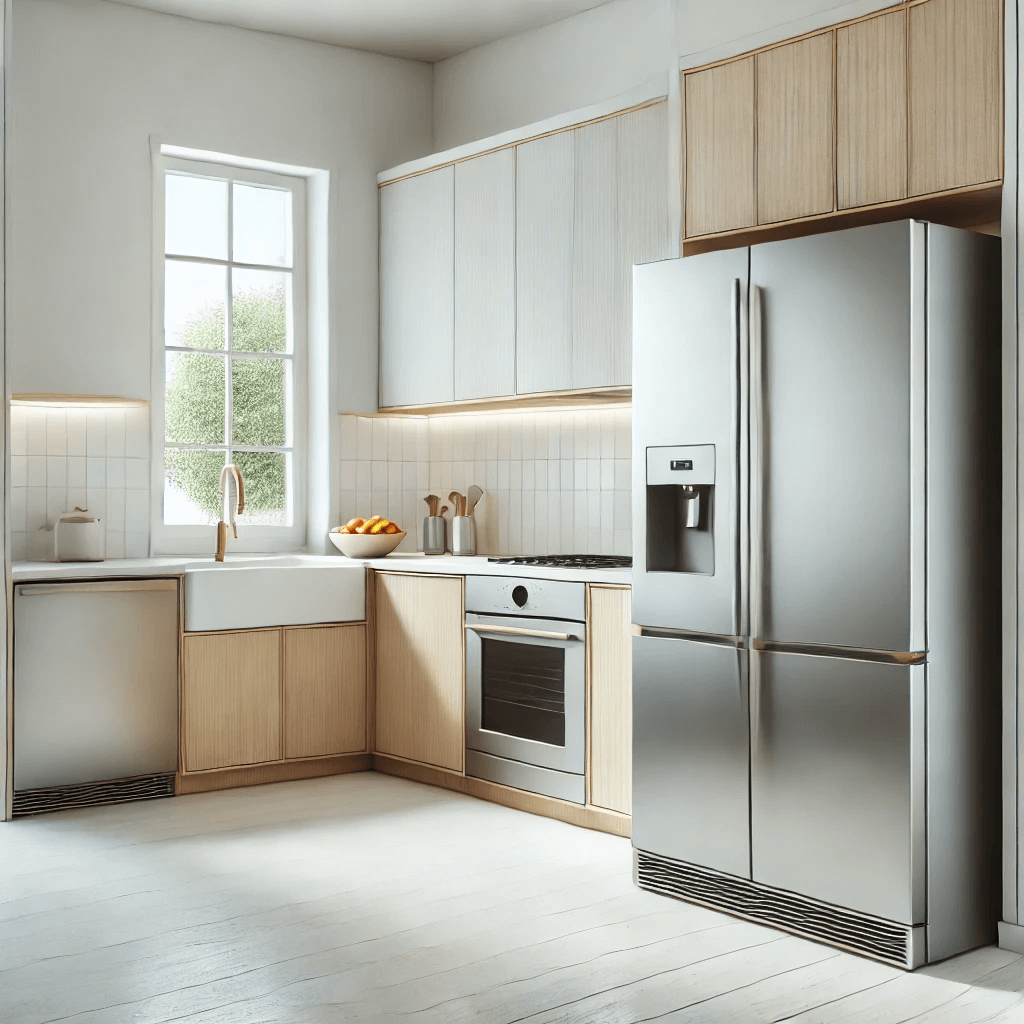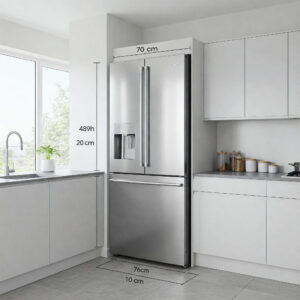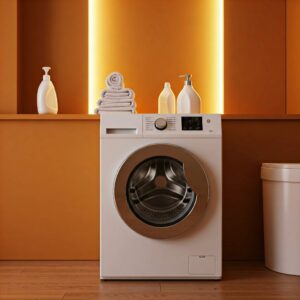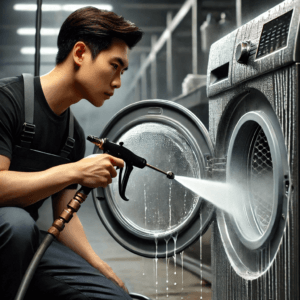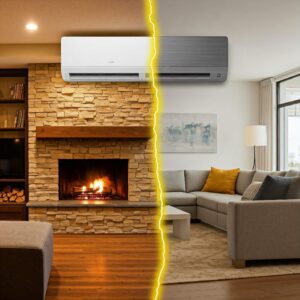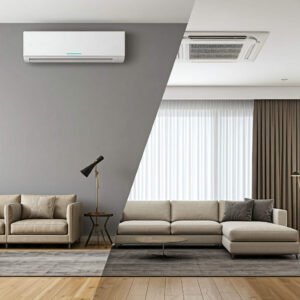We’ve all been there—standing in front of the refrigerator, hoping for a refreshing cold drink, only to find that the milk is lukewarm, and the ice cream is mush. It’s frustrating and puzzling. If your refrigerator is not cold, don’t panic. Let’s walk through some common reasons and practical solutions to get your fridge back to its frosty glory.
- The Basics: Understanding How Your Refrigerator Works
- Basic Troubleshooting
- Professional Help: When to Call a Technician
- Preventative Maintenance Tips
- Conclusion
The Basics: Understanding How Your Refrigerator Works
Before diving into the possible issues, it’s helpful to understand how a refrigerator works. A refrigerator uses a refrigeration cycle to remove heat from the inside and expel it outside. This cycle involves a few key components:
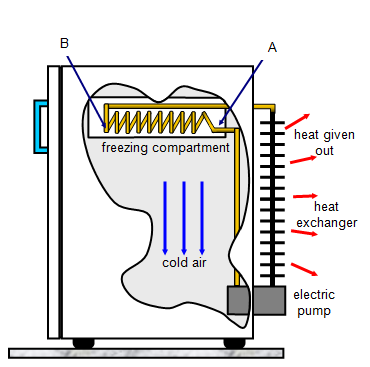
- Compressor: Pumps refrigerant through the system.
- Condenser Coils: Release the heat absorbed from inside the fridge.
- Evaporator Coils: Absorb heat from inside the fridge, cooling the air.
- Thermostat: Controls the temperature.
- Fans: Circulate air over the coils to help with the cooling process.
When any of these components fail, your refrigerator may struggle to keep cool.
Basic Troubleshooting
Step 1: Check the Thermostat Settings
One of the simplest reasons your refrigerator is not cold could be the thermostat settings. It might sound too basic, but sometimes the dial can get bumped, changing the temperature settings. Ensure the thermostat is set to a cold enough setting—typically between 1.7 to 3.3°C for the fridge compartment and -17 to -15°C for the freezer.
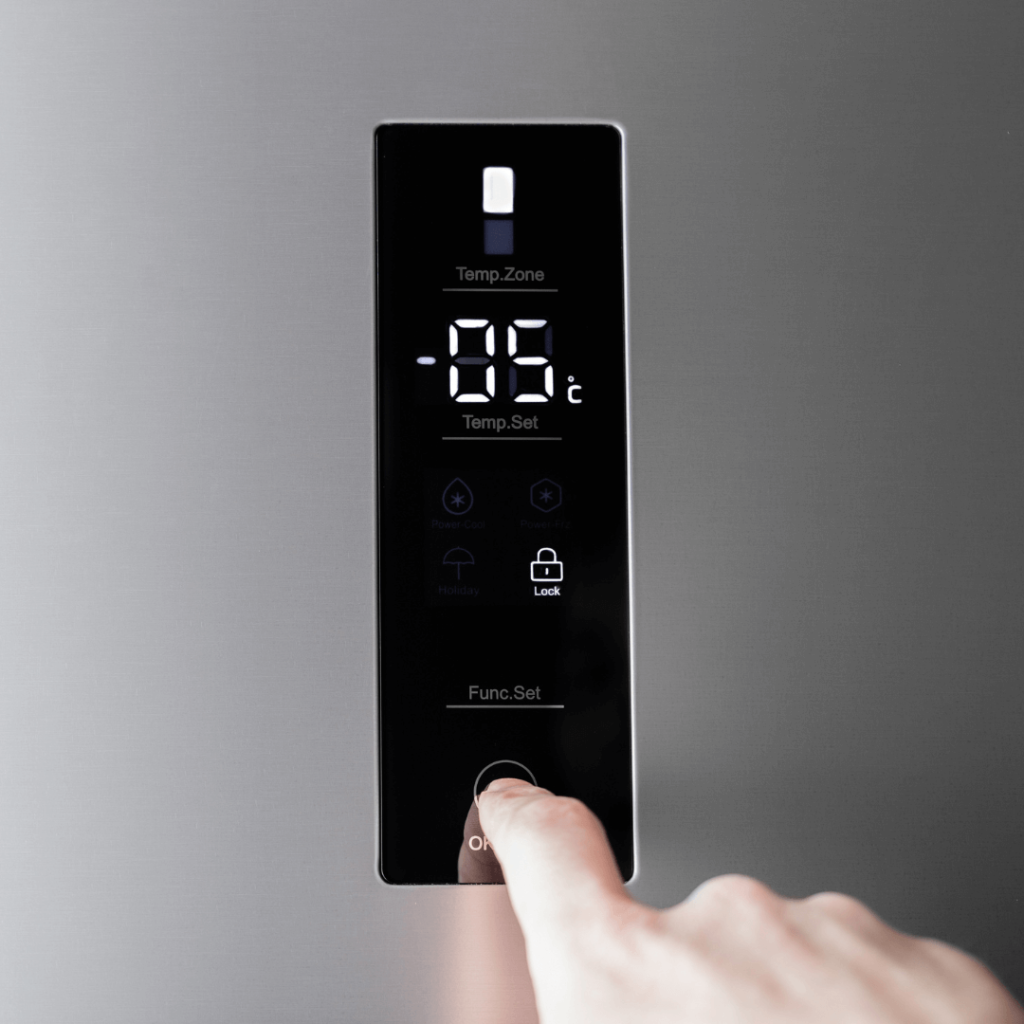
Step 2: Inspect the Door Seals
The door seals (gaskets) play a crucial role in maintaining the refrigerator’s internal temperature. If the seals are worn out, cracked, or dirty, they may not form a proper seal, allowing warm air to enter and cool air to escape. This can make your refrigerator work harder and less effectively.
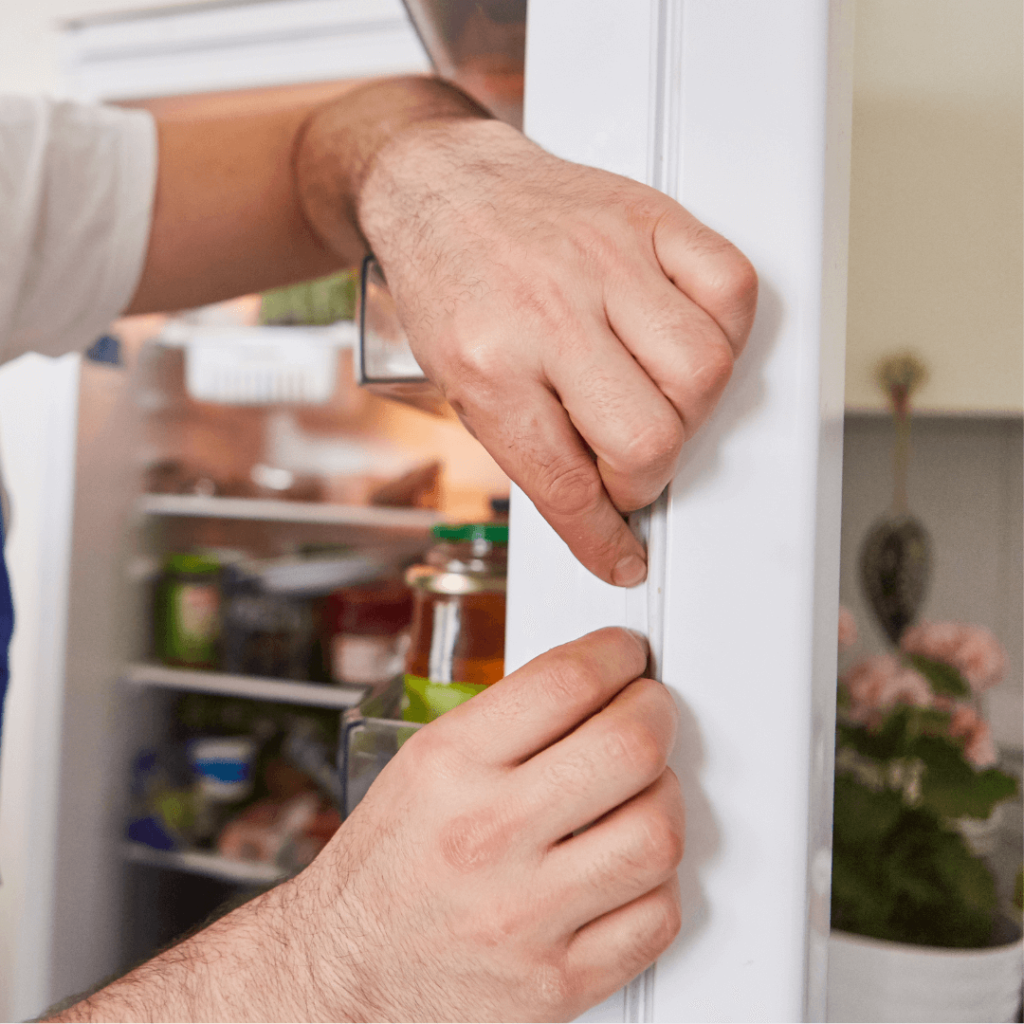
What to do:
- Visual Inspection: Look for cracks, tears, or deformation in the seals.
- Dollar Bill Test: Close the door on a dollar bill so that half is inside and half is outside. If you can easily pull the bill out, the seal is not tight enough.
- Clean the Seals: Sometimes, a dirty seal can prevent a proper seal. Clean it with warm soapy water and a cloth.
- Replace if Needed: If the seals are damaged, replace them to ensure a proper seal.
Step 3: Examine the Condenser Coils
The condenser coils, usually located at the back or underneath the refrigerator, can get covered in dust and debris over time. This build-up can insulate the coils, preventing them from releasing heat effectively.
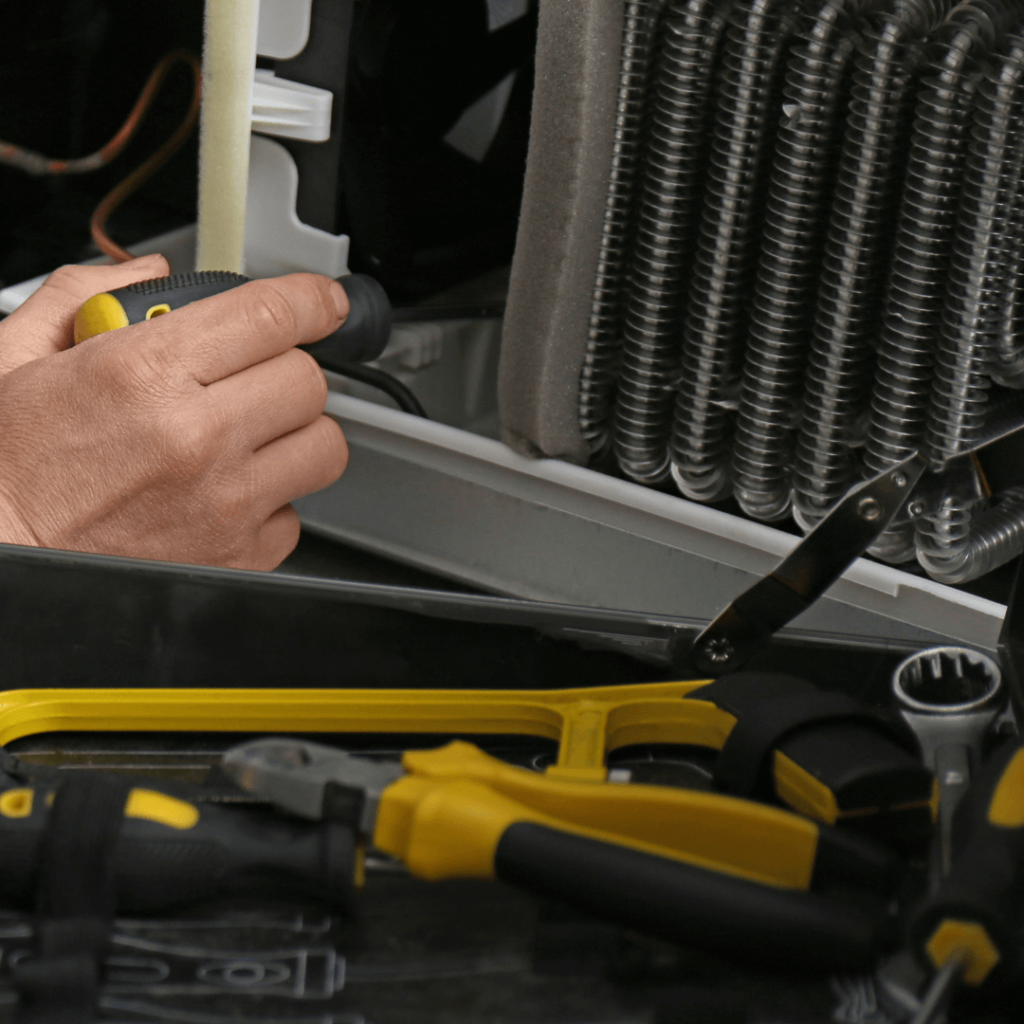
What to do:
- Unplug the Refrigerator: Safety first.
- Locate the Coils: Refer to your refrigerator’s manual if you’re not sure where they are.
- Clean the Coils: Use a coil cleaning brush or a vacuum cleaner with a brush attachment to remove dust and debris.
Step 4: Listen for the Compressor
The compressor is the heart of your refrigerator’s cooling system. If it’s not working properly, the fridge won’t cool effectively.
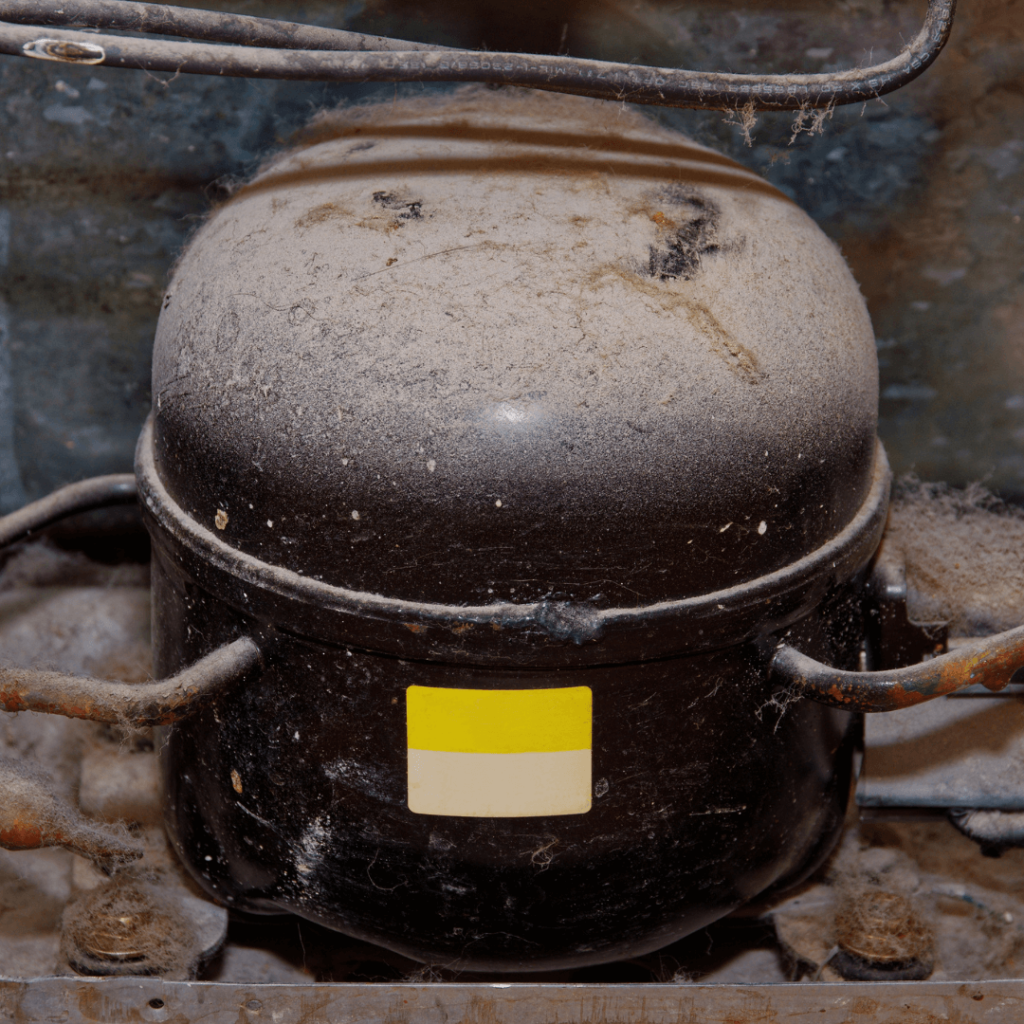
What to do:
- Listen: The compressor should make a low humming or buzzing sound. If you don’t hear it, it might be a problem.
- Check the Start Relay: The start relay helps the compressor start up. If it’s faulty, the compressor might not run. You can test the relay with a multimeter or replace it to see if it resolves the issue.
Step 5: Ensure Proper Airflow
Proper airflow inside the refrigerator is essential for maintaining an even temperature. Blocked vents or overpacked shelves can restrict airflow, leading to uneven cooling.
What to do:
- Check for Blockages: Make sure food items aren’t blocking the vents inside the refrigerator.
- Reorganize: Avoid overpacking your fridge. Leave space between items to allow for proper air circulation.
Step 6: Test the Evaporator Fan
The evaporator fan circulates air over the evaporator coils to cool it before it moves into the fridge and freezer compartments. If the fan isn’t working, the fridge won’t cool effectively.
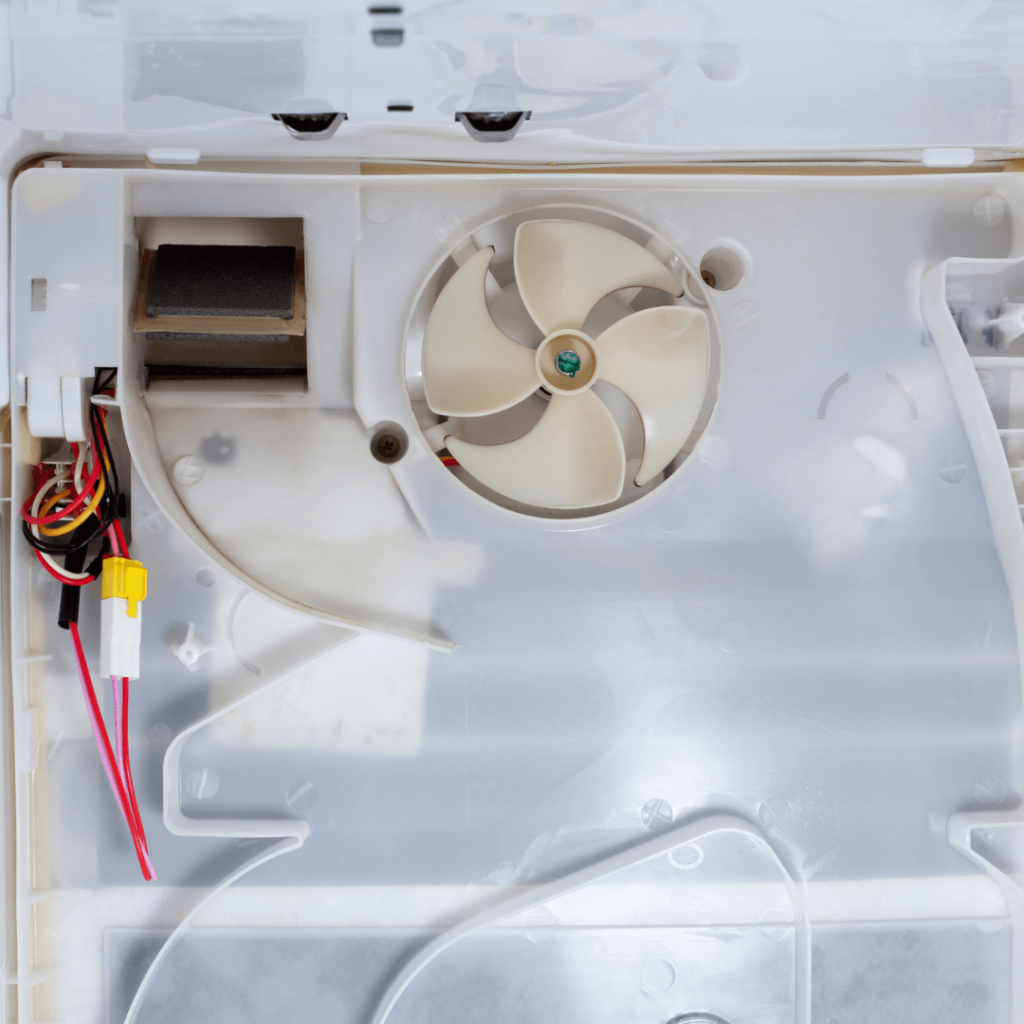
What to do:
- Listen for the Fan: You should hear the fan running when the fridge door is closed. If it’s silent, it might be faulty.
- Inspect the Fan: The fan is usually located in the freezer compartment. If it’s not running, check if it’s obstructed or needs to be replaced.
Step 7: Assess the Temperature Control Board
The temperature control board regulates power to the compressor and fans. If it malfunctions, it can lead to cooling problems.
What to do:
- Visual Inspection: Look for any burnt components or visible damage on the board.
- Test with a Multimeter: If you’re comfortable with electronics, you can test the board to see if it’s sending power correctly.
Step 8: Check the Defrost System
A refrigerator has a defrost system to prevent ice build-up on the evaporator coils. If this system fails, ice can accumulate and restrict airflow, leading to cooling issues.
What to do:
- Inspect the Defrost Heater and Timer: The defrost heater melts any frost build-up. If it’s not working, you may need to replace it. The defrost timer controls when the heater turns on and off. Ensure it’s functioning correctly.
- Look for Ice Build-up: If you see excessive ice on the coils, the defrost system might not be working.
Step 9: Evaluate the Start Capacitor
The start capacitor helps the compressor start up. If it’s faulty, the compressor might not start, and the fridge won’t cool.
What to do:
- Test the Capacitor: Use a multimeter to test the start capacitor. If it’s not holding a charge, replace it.
Step 10: Consider Environmental Factors
Sometimes, external factors can affect your refrigerator’s performance. High ambient temperatures or placing the refrigerator too close to the wall can hinder its cooling efficiency.
What to do:
- Check the Location: Ensure your refrigerator has enough space around it for proper airflow.
- Avoid Heat Sources: Keep the fridge away from direct sunlight or other heat sources like ovens and dishwashers.
Professional Help: When to Call a Technician
If you’ve tried all these troubleshooting steps and your refrigerator is still not cold, it might be time to call a professional. Refrigeration systems can be complex, and sometimes, specialized tools and knowledge are required to diagnose and fix the problem.
Signs you need professional help:
- Persistent Issues: If the problem persists after trying all the above steps.
- Electrical Problems: If you suspect an electrical issue and don’t feel comfortable addressing it.
- Compressor Replacement: Replacing a compressor can be tricky and is usually best left to professionals.
Preventative Maintenance Tips
To avoid future cooling issues, regular maintenance is key. Here are some tips to keep your refrigerator running smoothly:
- Clean the Coils: Do this every six months.
- Check the Seals: Regularly inspect and clean the door seals.
- Monitor the Temperature: Keep an eye on the thermostat settings and adjust as needed.
- Defrost Regularly: If your fridge doesn’t have an automatic defrost feature, manually defrost it periodically.
- Keep It Level: Ensure your refrigerator is level to avoid issues with the door seals and coolant flow.
- Inspect the Drip Pan: Clean the drip pan regularly to prevent mold and odors.
Conclusion
A refrigerator that’s not cold can be a real headache, but with some patience and a bit of troubleshooting, you can often resolve the issue yourself. Start with the basics—check the thermostat, door seals, and coils. Listen for the compressor and fan, and ensure proper airflow. If these steps don’t solve the problem, consider more detailed inspections or call a professional.
Remember, regular maintenance is your best defense against future issues. By taking care of your refrigerator, you ensure it keeps your food fresh and drinks cold for years to come.
So, next time you find yourself wondering, “Why is my refrigerator not cold?” you’ll have a clear path to follow. And hopefully, you’ll get back to enjoying that perfectly chilled drink in no time.
For more maintenance and troubleshooting guides, read our blog.
You May Also Like
- How to Choose the Right Refrigerator Size for Your Home?
- Why Is My Washing Machine Not Draining Water?
- Why You Should Deep Clean Your Washer Dryer Once a Year?
- Inverter or Non-Inverter Air Conditioner: Which To Buy?
- What is the Right Air Conditioner Horsepower for Your Home?
- 5 Tips to Buy an Air Conditioner in Malaysia

